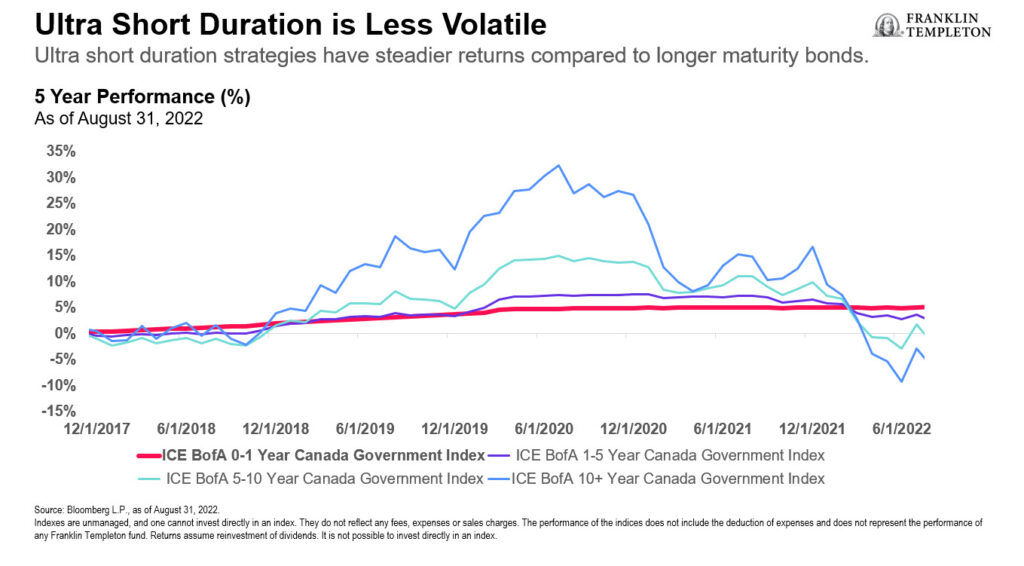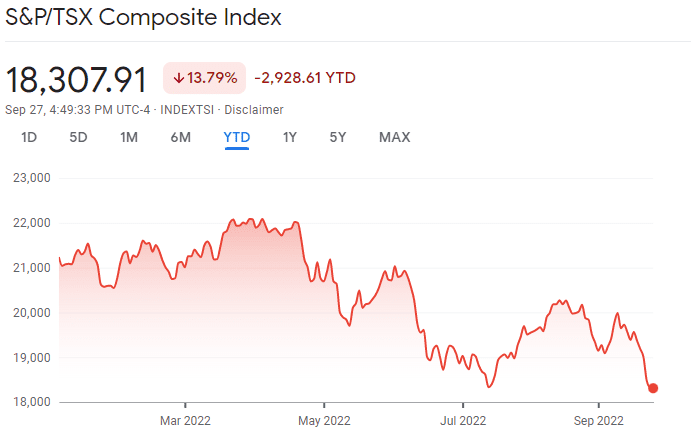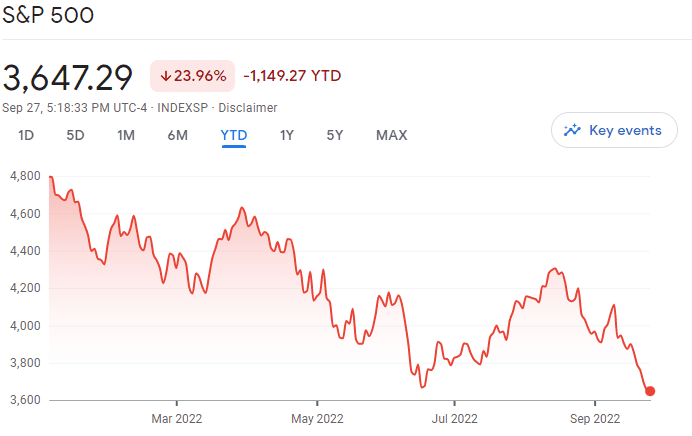By Elizabeth English, Mercer Canada
Special to the Financial Independence Hub
The squeeze inflation is putting on businesses and their employees alike is being felt around the globe. As employees and their families deal with the increasing cost of living, employers are under pressure as they manage compensation budgets and salary expectations for the next year and beyond. Employees have heightened expectations of a commensurate pay increase with lower purchasing power. Employers must respond or risk losing talent.
As businesses grapple with the best ways to retain existing employees and attract new hires, Mercer released its 2023 Compensation Planning Survey, compiling data from more than 550 organizations of varying sizes across 15 industries. The survey reveals a number of insights for employers and employees alike.
Most companies are just beginning to think about increase budgets
With the price of everything from gas to groceries on the rise, there is an expectation from employees that their compensation should keep up with rising costs. Many organizations are in the early stages of deciding how to respond; the Survey shows that as of August, only 5 per cent of organizations had approved increased budgets, 11 per cent had proposed increases, and 84 per cent were still in preliminary stages.
Budgets continue to rise
Inflation is causing Canadian employers to increase their compensation budgets. Heading into the upcoming year, employers surveyed are budgeting an average of 3.4 percent for merit increases and 3.9 per cent for total increase budgets in 2023. This puts merit and total budget increases up from 3.1 per cent and 3.4 per cent, respectively, from 2022. However, even with these raises, merit and total increases fall short of year-over-year inflation, which hit a 40-year high of 8.1 per cent in June, moderating to 7.6 per cent in July and 7.0 per cent in August.
Across Canada, the highest increases in total budgets are in Montreal (4.5 per cent), Greater Edmonton (4.3 per cent), Saskatchewan (4.2 per cent) and Greater Calgary (4.1 per cent). With compensation budget increases falling well short of inflation, organizations across Canada will need to focus on managing employee expectations. This can be done through their internal communications, planning for multiple scenarios, as well as adopting a more comprehensive and broader total rewards perspective to attract and retain talent.
Off-cycle increases are being used for a variety of reasons
Historically, inflation isn’t the top metric for shaping compensation strategies. Still, in this high inflation environment, 34 per cent of organizations are considering ad-hoc, off-cycle wage reviews or adjustments to combat turnover. This is a significant hike from 19 percent considering the same in March of 2022. Continue Reading…













